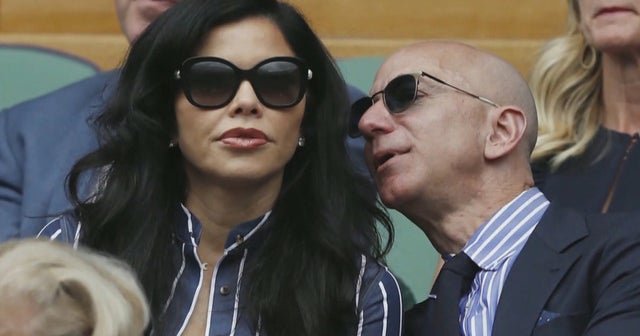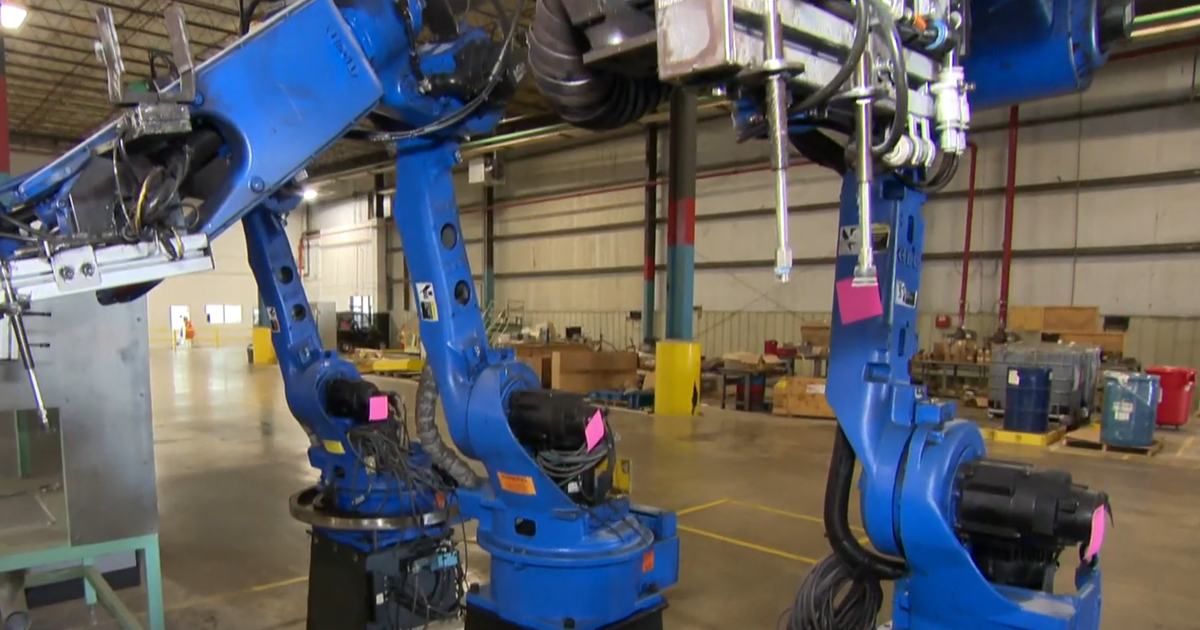
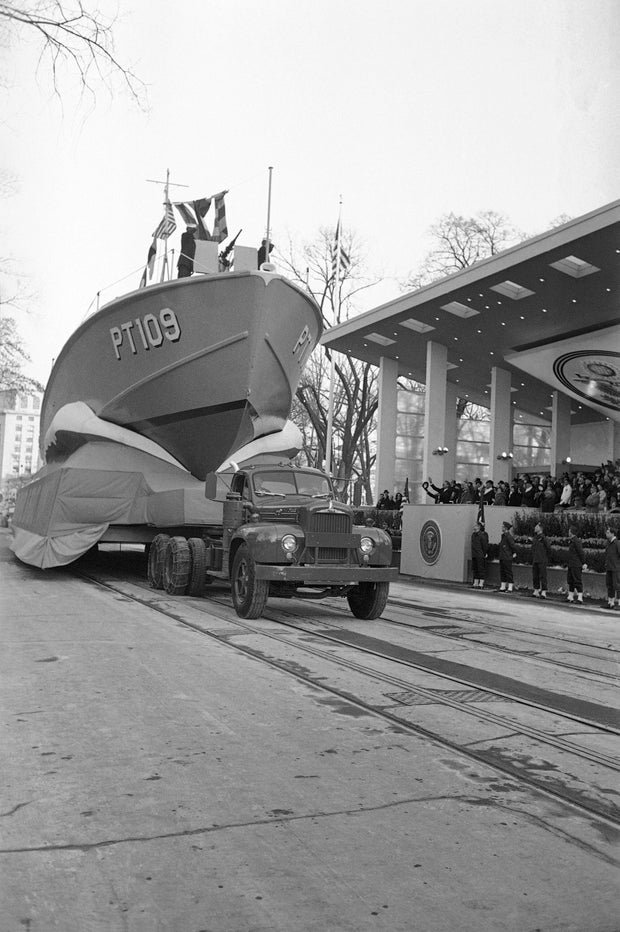
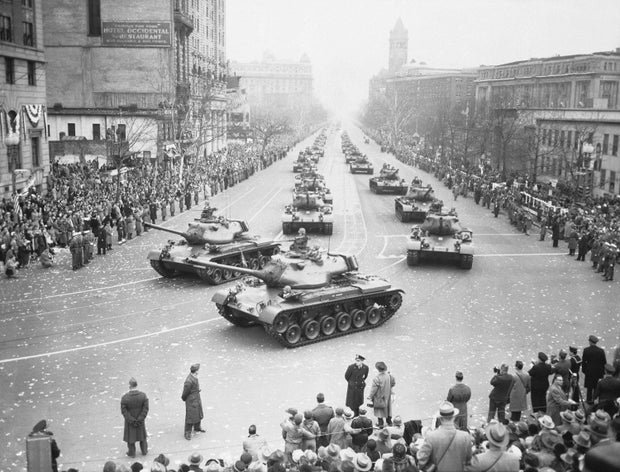
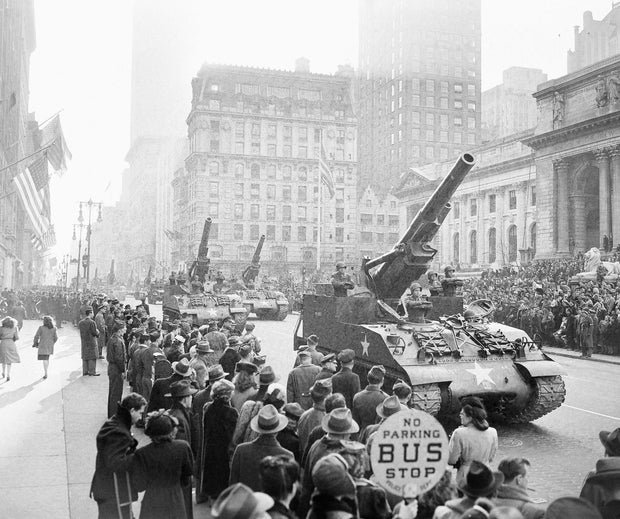
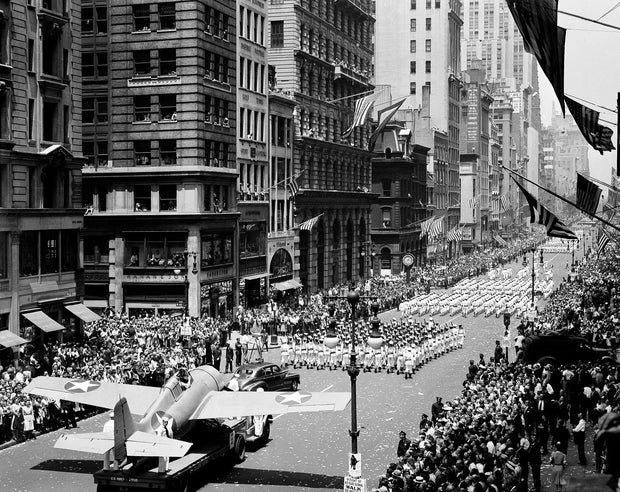
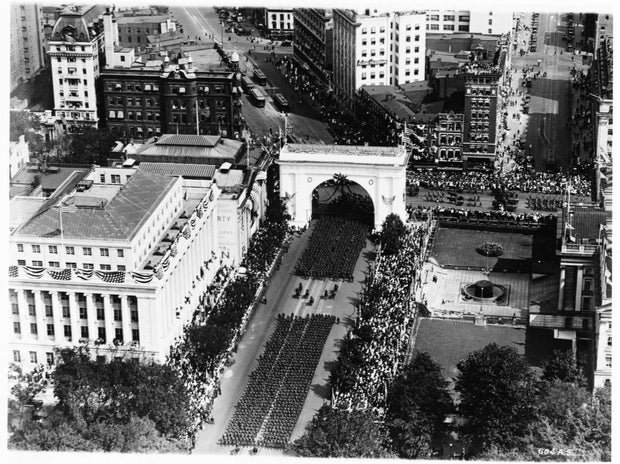

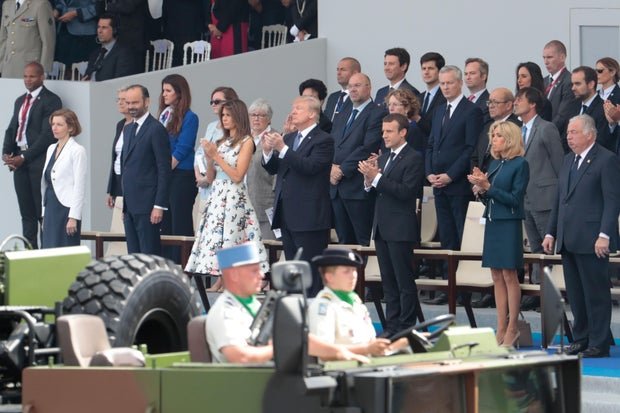
Washington — President Trump is hosting a parade celebrating the 250th anniversary of the U.S. Army on Saturday, bringing tanks and soldiers to the streets of Washington, D.C., for the capital’s first major military parade in more than three decades.
The event — which is expected to cost between $25 million and $45 million — follows a years-long push by Mr. Trump to host a parade, dating back to his first term. The festivities coincide with Mr. Trump’s 79th birthday, which the president says is unrelated.
The U.S. has held military parades throughout history, but they’re not especially common, and they’re typically held to celebrate the victorious end of a war or the return of military personnel from fighting.
“There are historical comparisons to be made, but size and scale is tremendously different,” Arizona State University history professor Brooks Simpson told CBS News.
Here’s a look back at past military parades:
When was the last U.S. military parade?
The U.S. marked the end of the Gulf War with parades in New York City and Washington in the first major military display on the streets of D.C. since the early decades of the Cold War.
The festivities in the capital featured around 8,000 military personnel, tanks, missile launchers, fireworks shows and an address by then-President George H.W. Bush. Some 800,000 people attended the event, which cost around $12 million, The Washington Post reported in 1991, or just under $29 million in today’s dollars.
Hunter Ledbetter, a Marine reservist who was deployed to Iraq during the war, told the Post at the time that it was “the most exciting moment of my life.”
The parade — which recognized the U.S.’s campaign to drive Iraqi leader Saddam Hussein out of Kuwait — was largely uncontroversial, Simpson said: “No one objected to that parade.”
Still, the parades drew some pushback. Some critics questioned the D.C. Gulf War parade’s price tag, and D.C. officials said the procession of heavy tanks had left tread marks on the city’s streets. New York Times columnist Anthony Lewis criticized the New York parade since it followed an uprising by Iraq’s Kurds that Hussein’s regime brutally suppressed.
“Honor is due the soldiers who were in the gulf,” Lewis wrote at the time. “But for other reasons — reasons all too painfully evident — it is clear now that a celebratory parade would be inappropriate. Fireworks while Kurdish babies die?”
Cold War inaugurations
Presidential inaugural parades often include some military personnel, dating back to the first inauguration of President George Washington in 1789. In the early decades of the Cold War, the festivities also sometimes featured tanks and missiles on the streets of the capital.
Some military equipment appears in photos from the 1949 parade after President Harry Truman’s swearing-in, President Dwight Eisenhower’s 1953 and 1957 inaugurations and President John F. Kennedy’s 1961 festivities.
Kennedy’s inauguration featured a replica of the PT boat that the new president served on during World War II. The entire event cost around $1 million in 1961 dollars — or more than $10 million today — paid for by private donors, The New York Times wrote at the time.
Simpson says inauguration parades sometimes included a few tanks as an exhibition, but they were typically “much more limited” than the parade planned for this weekend.
“It wasn’t like Pennsylvania Avenue was lined with tanks,” he said.
Parades with military equipment became less common after the 1960s. That could be due to the Vietnam War, which was deeply unpopular in its later years, and the eventual easing of Cold War tensions.
“After Vietnam, parades get complicated because [parades are always] linked to the outcomes of the wars and the conduct of them,” said Aaron O’Connell, a history professor at the University of Texas, Austin. “And that makes it more difficult to cheer and throw a ticker tape parade, when people are coming home in ones and twos, and they’re not coming home in large units, and the war hasn’t gone as well as we would’ve liked.”
World Wars I and II
New York City marked victory in World War II with a massive military parade on Fifth Avenue in early 1946. The event included thousands of members of the Army’s 82nd Airborne Division and dozens of tanks and howitzers, requiring planners to close off the Manhattan Bridge and carefully bring heavy equipment over the East River from Brooklyn. The New York Times reported millions of spectators attended the parade.
In mid-1942, months after the U.S. formally entered World War II, the city hosted a morale-boosting “New York at War” parade that the Times said was meant to “give a realistic picture of what the American armed forces and their machines of destruction look like.”
The end of World War I was also celebrated by victory parades in New York and D.C. in 1919. It could’ve gone smoother: Dozens of artillery tractors that participated in the New York parade took a wrong turn after the event and got lost in Brooklyn for hours, the Times wrote at the time.
Civil War and 19th century celebrations
Washington hosted a massive two-day parade in May 1865 to celebrate the Union’s victory in the Civil War, featuring over 100,000 troops, according to the National Park Service.
The event — called the Grand Review of the Armies — was made up of military volunteers who passed through the capital on their way home from the former Confederate states, Simpson says. The event featured Gen. Ulysses S. Grant and President Andrew Johnson, taking place months after President Abraham Lincoln’s assassination.
“The place was packed,” said Simpson.
Other countries
Mr. Trump may have drawn inspiration for Saturday’s parade from abroad.
The president first hinted at hosting a military parade after attending France’s annual Bastille Day parade in 2017. He called it “a tremendous thing,” and added, “We’re going to have to try and top it” on the Fourth of July. His administration began planning a Veterans’ Day parade a year later, but it was called off, with Mr. Trump blaming city officials for driving up the cost.
France has hosted its Bastille Day military parade every July for over a century, recognizing the anniversary of the start of the 1789 French Revolution. Several other countries host regular military parades, including India, Pakistan, Russia and North Korea.
But similar events have been fairly rare in the United States. O’Connell says that’s probably due to a “long, long strain in American culture, on both left and right, of being healthily suspicious of state power and of military power in particular.”
“It’s certainly deep in the American military character to be nervous about a garrison state, a militarized society,” O’Connell said.
Mr. Trump’s plans to host a military parade this weekend have drawn criticism, with some Democrats calling the idea wasteful and self-aggrandizing.
But the White House has defended Saturday’s event, calling it “a fitting tribute to the service, sacrifice, and selflessness of all who have worn the uniform.”
[ad_2]

